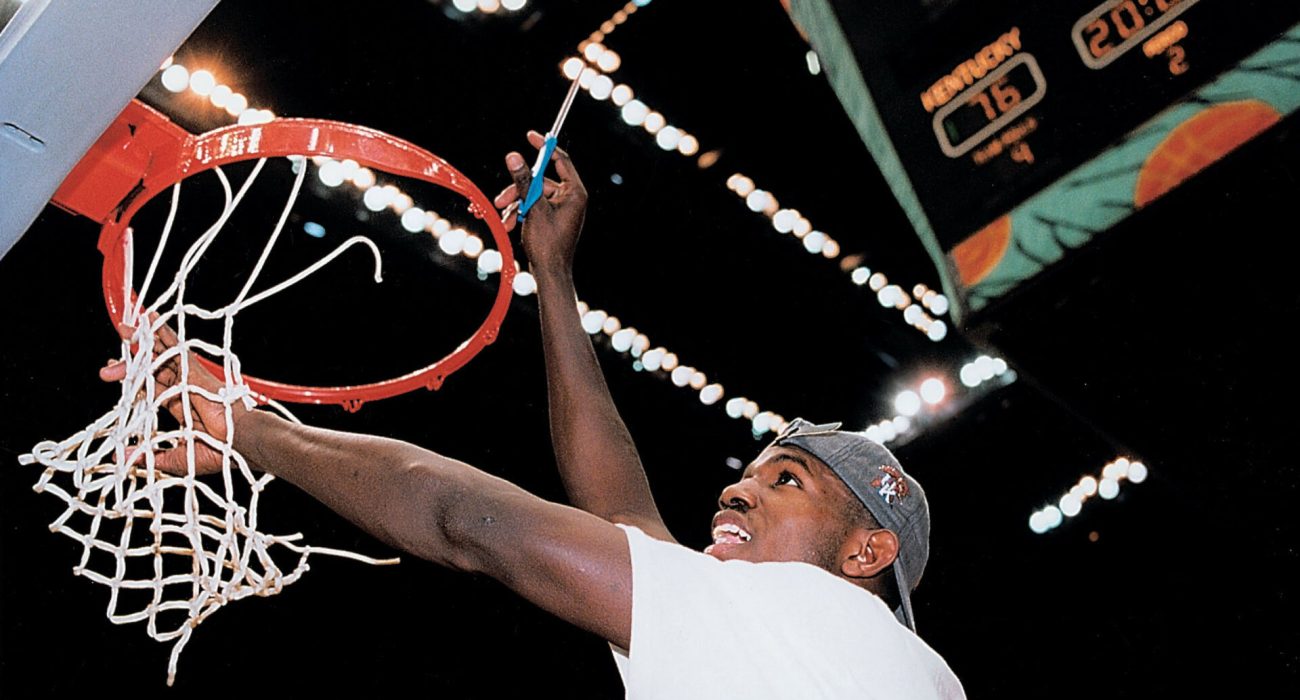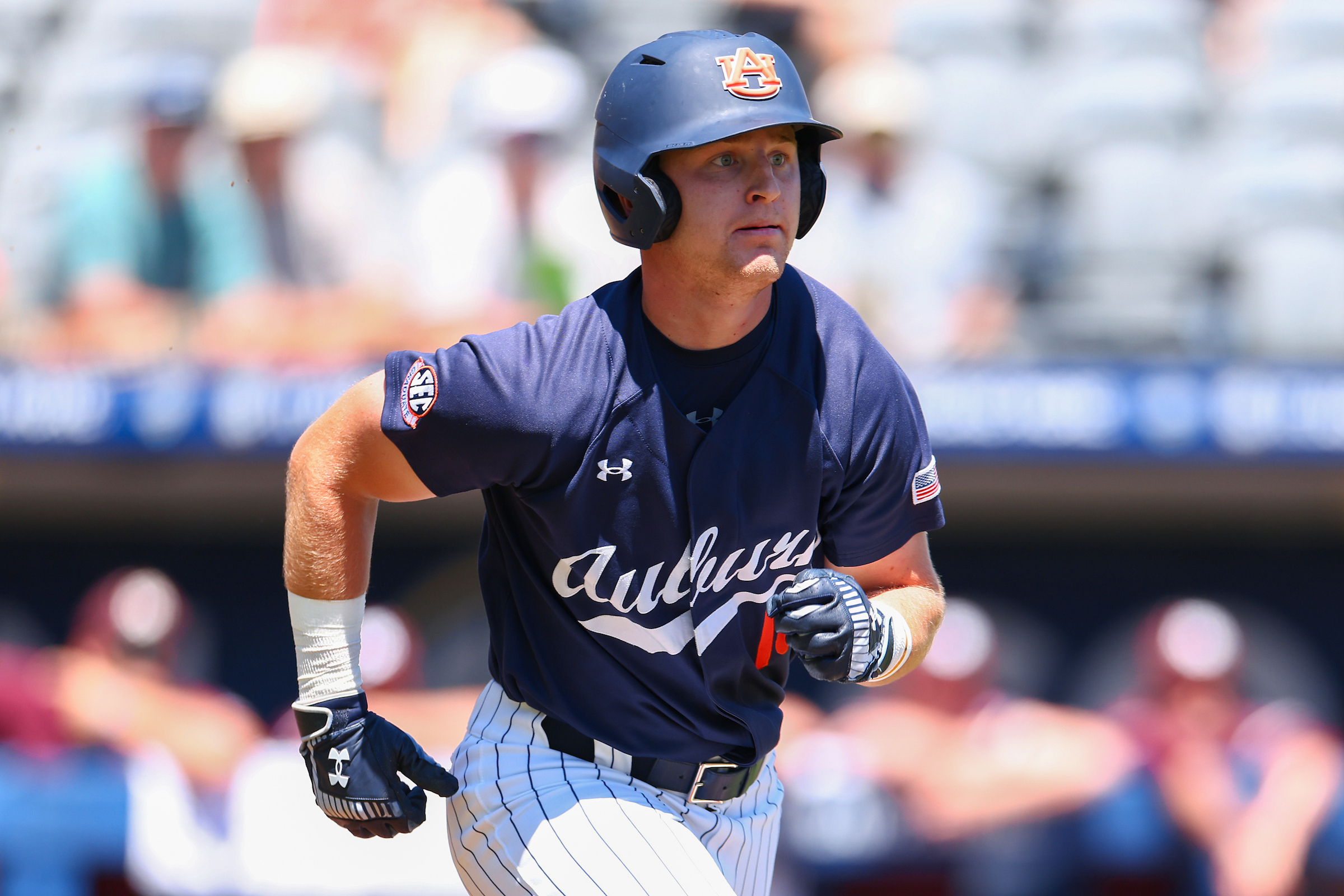Recent Features
Reliving the greatest era in college basketball—the 1990s

Sometimes I wonder if my memory plays tricks on me. I was 12 years old when the year 1990 smacked the world in the face. It was a Guns N’ Roses universe (we were just living in it), but Nirvana […]
Continue reading this article and more from top writers, for only $9.99/mo.
Already a TALEGATE Subscriber? Log in here.
Auburn’s Irish Selected by Orioles as 19th Overall Pick
July 14, 2025
No Comments
Irish eyes are smiling. After being selected as the 19th overall pick in MLB Draft on Sunday by the Baltimore Orioles, catcher Ike Irish became …


